Introduction to Sedum: A Fall Gardening Favorite
When it comes to fall gardening, sedum emerges as a standout favorite among green thumbs and novices alike. There’s something truly magical about the way its robust foliage takes on the crisp autumn air, persevering when many other plants would falter. Sedum, a versatile genus of succulents, prides itself on its hardiness—a crucial trait for those looking to add life to their gardens as the year wanes.
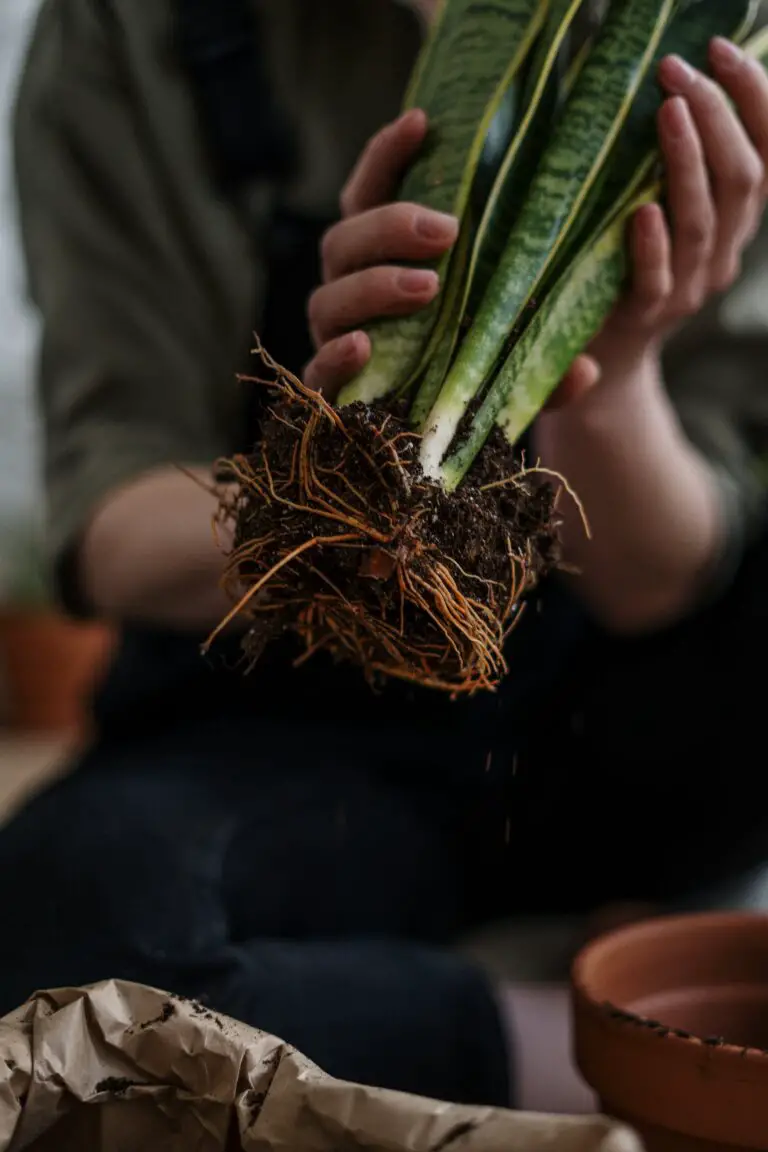
Imagine a palette of sedum varieties adorning your garden: from the soft carpets of ground cover types to the bold upright species that command attention. Not only do they offer an impressive array of forms and hues, but they’re also champions of low-maintenance care. This is precisely why planting them in the fall becomes an opportunity too good to pass up. The cooler temperatures and shorter days provide the perfect setting for sedum to establish its roots, leading to a more vibrant and robust display come spring.
The beauty of autumn planting not only lies in the aesthetic appeal but also in the practical benefits. For one, the natural rainfall of the season typically offers enough moisture for the newly planted sedum to thrive without the constant need for watering. Moreover, as other flowers begin to say their goodbyes, sedum steps up to fill the void with its resilience, keeping your garden’s charm alive in the face of impending winter’s chill.
Understanding the Sedum Lifecycle
Let’s peel back the seasonal curtain and zoom in on the captivating yearly growth dance of sedum plants. As with all living things, timing is everything, and for sedum, this chorus line of the plant world, “when” can make or break a performance. Sedum plants, often headlined as stonecrop for their stony resilience, pen their life story in a cycle of growth that can have you applauding in your garden aisles if your timing is pitch-perfect.
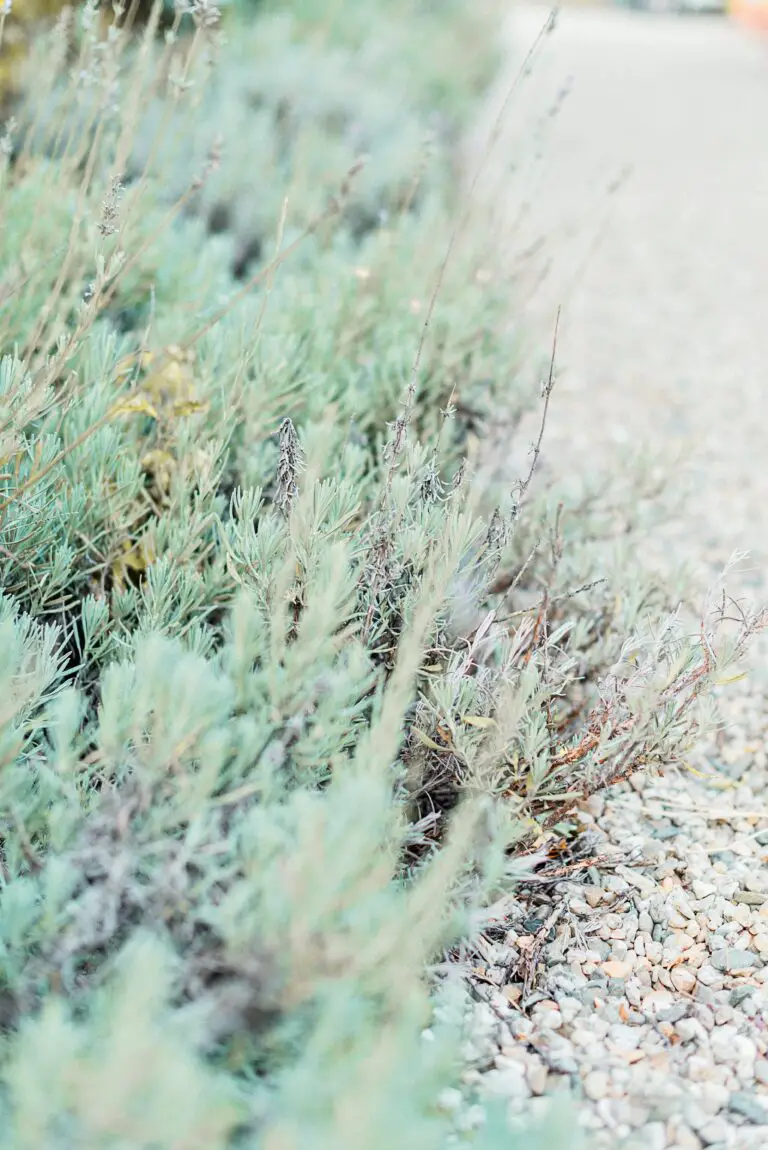
Spring sees these succulent stars break ground with a burst of green enthusiasm, growing at a pace that would have the tortoise and the hare both taking notes. Through the heat of summer, they blossom into a spectacle of vibrant flowers that allure bees and butterflies—nature’s own peak-hour traffic.
But it’s the fall curtain call that is often a conundrum for gardeners. Is it too late? Will the chill usher in a frosty end? Not for sedum. They’re the encore that relishes the spotlight of cooler days. If you’re wondering, can I plant sedum in the fall, the answer is a show-stopping yes! The fall aligns with their growth finale, allowing them to establish roots unbothered by summer’s intensity. It’s this seasonal synchrony that can turn a sedum plot into a triumph of planning and patience.
To delve a little deeper into succulent success, take a leaf out of our in-depth guide on the intricacies of succulent care—it might just be your ticket to a green thumb standing ovation.
Remember, the seasonal performance of sedum isn’t a one-act play—it’s a well-orchestrated ballet of growth, flowering, and fortifying over the course of the year. So, as you plan your garden’s repertoire, consider fall not as the final bow but as an interlude to a verdant overture. With sedum, every season is a scene worth savoring.
Why Choose Fall for Planting Sedum?
Let’s talk about timing—is fall a good time for planting sedum? Absolutely, and let me tell you why. Fall’s milder temperatures create the perfect setting for these succulent beauties to establish their roots. Unlike the sweltering summer or the unpredictable spring, fall offers a consistent coolness that sedums find just right. Think of it like Goldilocks finding the perfect porridge; your sedums thrive in fall’s “not too hot, not too cold” conditions.
But there’s more to it than just comfort. Fall planting sets your sedum up for a growth spurt come spring. You’re essentially giving them a head start. Sedum planted in fall has all winter to cozy up and settle into its new home. Then, when the first warm rays of spring sunshine hit, your sedum is ready to burst forth with vibrant growth, having had ample time to establish a strong, healthy root system.
Consider the case of my friend, Lucy. She tucked her sedum into the ground last autumn, nestled among a bed of crispy leaves. Fast forward to spring, her once-tiny sedum was the first in the neighborhood to show signs of life, thanks to that crucial establishment period. She’d cast aside any fears of frost damage since sedum’s hardy nature makes it more than capable of braving cooler temperatures.
And let’s not forget about the ease of care. With the onset of fall, the natural lifecycle of perennials is winding down. This means less watering and less competition from weeds, giving your sedum space to shine without the hassle of high maintenance. It’s about working smarter, not harder—sedum practically takes care of itself during these months, forming a robust root system that paves the way for an eye-catching display of color and texture when the seasons turn.
Now, if you’re craving even more green thumb-success stories and tips for your autumn garden endeavors, be sure to peek at our insightful guide on cultivating a lush garden with succulents that are specifically catered to thrive in the cooler months. It’s all about embracing the season and watching your sedum reach its full potential.
Selecting the Right Sedum Variety for Fall Planting
Gardeners, lend me your shovels! Fall is upon us and what better way to embrace the cool caress of Autumn than by planting sedums. But wait, not all sedums are created equal when it comes to fall planting. Let’s dig into the nitty-gritty of choosing the perfect sedum varieties for your autumnal garden oasis.
Picture this: A crisp fall morning and you, with a warm mug of cider, deciding where to plant that new batch of sedum. You want a variety that not only thrives in your local climate but also complements your garden’s design. Imagine sedums with leaves the color of autumn sunsets and flowers that hold onto their vibrant hues even as the days grow shorter.

In cooler climates, you might opt for Sedum telephium, commonly known as ‘Autumn Joy’, which flaunts broccoli-like blooms that blossom into a rusty hue as temperatures dip. Or maybe the ‘Dragon’s Blood’ sedum with its fiery foliage calls out to you, spreading like a warm blanket over your garden’s edge.
For those of you in milder regions, why not try Sedum spurium ‘Fuldaglut’? Its burgundy leaves laugh in the face of frosts, offering a colorful ground cover through fall and beyond. And let’s not overlook the delightful Sedum reflexum or ‘Blue Spruce’—its needle-like leaves standing tall and true, come rain or shine.
Don’t just take my word for it; these are just a starter pack of choices. For example, did you ever wonder about the enduring splendor of sedum plants being evergreen? This trait means certain varieties will be visual treats throughout the year, even in the quiet of winter—now, that’s garden design savvy!
There you have it, my fellow green thumbs. With the right sedum variety, your autumn will be anything but drab. So pull on those gloves and prepare to plant your way into fall with sedums that guarantee success in the succulent game.
Preparing Your Garden for Sedum Fall Planting
As the leaves take on a fiery glow and the days grow shorter, your garden calls for a splash of enduring green. Planting sedum in the fall isn’t just a great idea; it’s a gardening coup! The crisp autumn air paired with the earth’s warmth is like a secret handshake inviting these hardy succulents to take root. Let’s roll up our sleeves and create a welcoming abode for your new leafy friends.
First thing’s first, soil is the soul of your garden, and prepping it right can lead to a glorious sedum season. Begin by getting your hands dirty – and I mean that literally. Loosen the top layer of soil to allow your sedum to snuggle in comfortably. If you find your garden has clay-heavy soil, give it a generous mix of sand or perlite. This is not just a tip, it’s essential for those succulent roots to breathe and drain faster than a sink in a whirlwind!
Discovering the Perfect Spot
We’ve all learned in school that plants love the sun, but sedums are the sun-worshippers of the plant world. They yearn for that full, unbridled sunlight, so scout for a spot that’s drenched in sunbeams for most of the day. Remember, the more light, the merrier for your sedum. But in the spirit of Goldilocks, find a place that’s just right – not too windy to whisk away those precious leaves.
Be mindful when selecting your plot; position is everything. Whether it’s in a rockery that whispers tales of alpine heights or along a border that outlines your garden like a living frame, your sedum should stand where it can bask in glory. If you face challenges with garden space, fear not! Sedum’s adaptability shines brighter than the fall moon, and they’ll thrive in containers as though they’re mini-gardens themselves.
Here’s a snapshot of just how beautifully sedum integrates into the fall landscape:
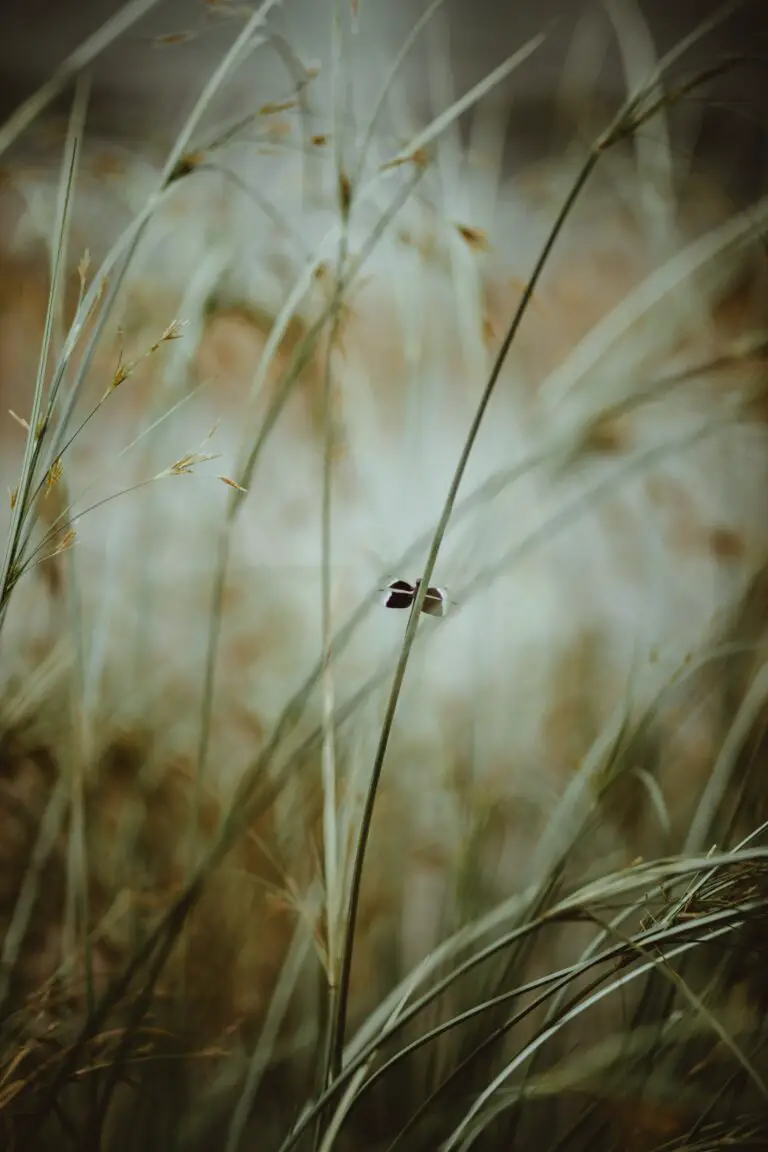
If you’re looking for further insight into the world of succulents, especially during the cooler months, be sure to check out these additional succulent care tips. They might just be the golden nuggets of wisdom you need to ensure your sedum soars to new heights.
And remember, while sedum is tough enough to withstand a forgetful waterer, they’re not fond of wet feet. Ensure your fall garden plan includes a well-draining setup. A raised bed might be your golden ticket, making your gardening life easier with less bending and providing excellent drainage. Picture this: your sedum stand tall and proud on a pedestal of their own making, a natural haven for them and an eye-catcher for all who wander through your fall garden spectacle.
So as the days grow shorter, let your garden dreams stretch further. With these tips tethered to your tool belt, your sedum is set for success. Get planting and watch as those succulent buds turn your autumn into a parade of perennial pleasure!
Planting Techniques: How to Plant Sedum in the Fall
As the leaves begin to trade their vibrant green for the telltale hues of autumn, you might be wondering, “Can I plant sedum in the fall?” Rest assured, this is a fantastic time for establishing these resilient succulents in your garden. The cooler weather not only makes for a pleasant gardening experience but also favors sedum’s rooting and acclimatization. Let’s get our hands dirty and dig into the nitty-gritty of planting sedum during this ideal season.
Choosing Your Sedum Variety
First things first, pick a sedum variety that resonates with your garden’s aesthetic and climate. Sedums, also known as stonecrops, encompass a range of species, each with its unique charm and resilience. From the robust ‘Autumn Joy’ to the frosty ‘Dragon’s Blood’, selecting a cultivar adaptable to your local fall climate will underpin your planting success.
Perfecting the Planting Spot
Before you start, remember that sedum thrives in well-drained soil with full to partial sun exposure. Scout out a spot that bathes in the sunshine and shakes off excess water like a duck’s back. If drainage is a concern, consider raising the game – literally – by creating a raised bed or incorporating chunky, gritty material into the soil to keep those roots happy and rot-free.
Spacing and Depth
When it comes to planting, sedum is as laid-back as a lounge chair on a sunny beach. Space your plants about 6 to 18 inches apart, depending on the species’ expected growth width. Plant them no deeper than they were in their nursery pots, as going too deep can invite unwanted stem rot. Imagine you’re tucking them in with a blanket of soil that’s just snug enough for comfort.
Watering Wisdom
After planting, give your sedums a moderate drink to settle the soil around the roots. Then, ease off the watering can. These succulents prefer tough love over coddling, and too much water can lead to their downfall. Water sporadically, allowing the soil to dry between drinks.
Post-Planting Care Tips
As your sedums get comfortable in their new fall home, keep an eye out for signs of activity. New growth is your cue that the roots are getting cozy. Minimize fertilizer use; a little goes a long way. Mulch sparingly to prevent excess moisture, and consider providing some protection from early frosts with a light cover.
With these tips in mind, planting sedum in the fall can lead to a garden that’s the envy of your neighborhood come spring. Do you like visual guidance? Take a peek at this informative video on how to propagate sedum ‘Stonecrop’ succulent plants:
Imagine your garden bedazzled with sedum, its plump leaves and vivid blossoms a testament to your fall planting foresight. Now, roll up those sleeves and transform that vision into a lush, living reality!
Caring for Sedum After Fall Planting
Your sedum is nestled snugly in its new fall home, and you might think it’s time to sit back and just watch it grow. Not so fast! Though sedum is a tough cookie, it still requires some TLC to bed down for the cooler months ahead. Let’s walk through the essentials of post-planting care, so your resilient little succulent can thrive come rain, sleet, or snow!
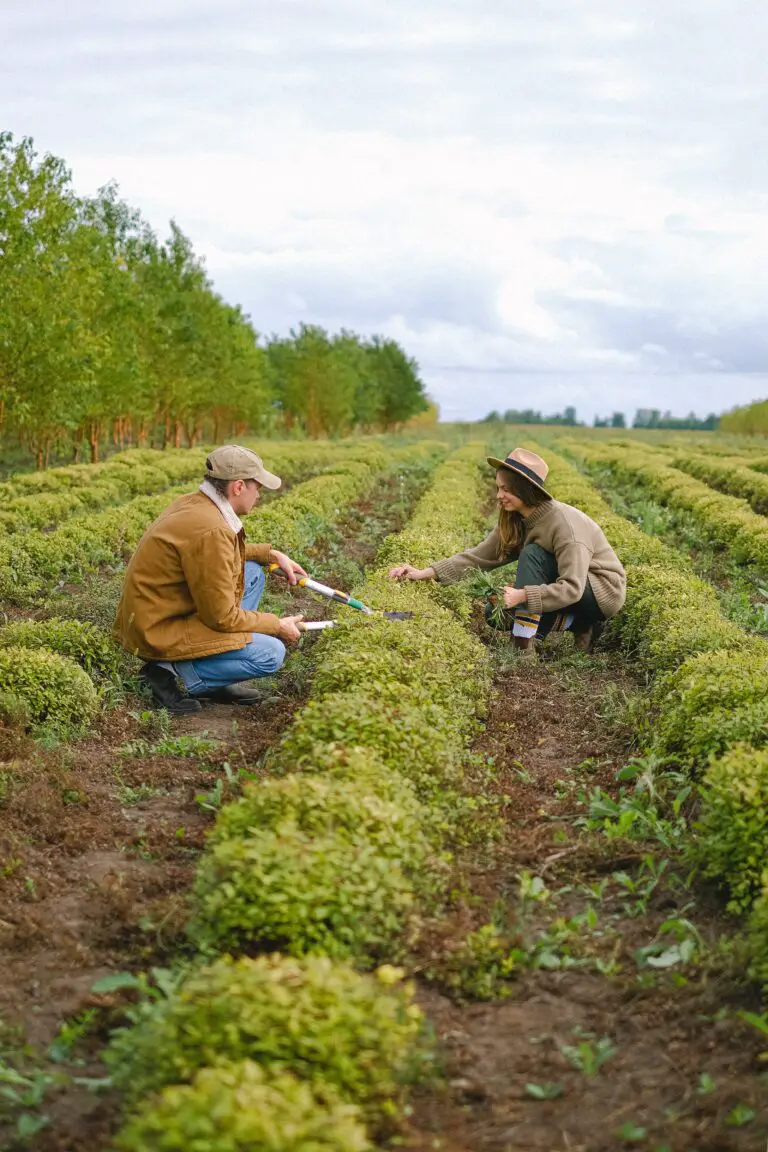
Water Wise
First off, water – it’s a life-giver, but also a potential plant-killer if not done properly. After planting your sedum in fall, give it a good drink to help it settle in, and then adopt a ‘less is more’ approach. These plants are the camels of the gardening world. Too much H2O, especially in cool weather, can lead to root rot faster than you can say ‘soak.’ Aim for a happy medium where the soil is moist but never soggy, a bit like a well-wrung sponge.
Mulch Magic
Next up, mulch – it’s like a cozy blanket for plants. A nice layer of organic mulch, such as straw or leaf litter, can help regulate soil temperature, retain moisture, and fend off pesky weeds. However, keep it light and airy – sedum doesn’t want to be smothered. Think of it as tucking your plants in for a long winter’s nap without pressing the snooze button on growth.
Shielding from the Extremes
Finally, protection – while sedum is known for its resilience to many extreme conditions, young plants are not quite the stubborn mules their adult counterparts are. If you’re expecting a cold snap or a particularly wet season, consider providing some temporary shelter. A breathable frost cloth or a simple DIY burlap screen can prevent Jack Frost from nipping at your sedum’s buds. It’s like giving them an umbrella in a storm – it won’t stop the weather, but it makes it a lot easier to bear!
There you have it: water with care, tuck in with mulch, and shield from the wild moods of Mother Nature. With these post-planting care strategies, your sedum will not just survive the fall – it’ll emerge in spring with the kind of flourish that makes even the non-gardeners among us say, “Wow, you must have a green thumb!”
Common Challenges and Solutions for Fall Sedum Planting
As the leaves start to display their autumnal hues, you might wonder if it’s too late to add some sedum charm to your garden. Worry not! Planting sedum in the fall can be a fantastic idea, given its hardiness. However, there are some common challenges you may encounter along the way. Let’s dig in and unearth some savvy solutions to ensure your sedums thrive!
Temperature Tumbles: The Cold Snap Conundrum
Chilly temperatures bring more than just pumpkin spice lattes; they can spell trouble for your newly planted sedum. If you time it too close to winter’s arrival, a sudden frost can shock your succulent friends. Here’s the secret sauce: aim to plant at least 6 weeks before the first expected frost. This gives your sedums ample time to establish their roots and settle in for their winter nap without the rude cold awakening.
Moisture Mishaps: Keeping the Balance
With fall showers come the challenge of overwatering. Sedums, like any succulents, prefer to keep their feet dry. Excessive moisture can lead to root rot, a real party pooper. But fear not, you can outsmart the dampness! Improve drainage by amending the soil with sand or gravel, and keep a vigilant eye on the weather. When clouds gather, cut back on the watering, and let Mother Nature do the work.
Mulch Matters: A Cozy Blanket or a Wet Trap?
While mulching might seem like tucking in your sedums with a cozy blanket, it can backfire by retaining too much moisture. Instead, opt for a light layer of gravel or pebbles. This will ensure that your sedum’s roots are snug but not smothered, maintaining that critical balance between warmth and drainage.
Real-life example? Imagine your sedum as the Goldilocks of the succulent world. It doesn’t want too much water or too little; it needs just the right amount. Jane, an avid gardener, learned this the hard way when she mulched her sedum with organic compost and lost several plants to a damp, chilly fall. The next year, she switched to pebbles, and her sedums not only survived but thrived!
The Late-Season Light Dip
As daylight dwindles, your young sedums might struggle to soak up enough sunshine. To combat this, choose a sunny spot free from overshadowing trees or structures. Even as the days get shorter, your sedums can still enjoy the full benefits of the sun’s rays, ensuring they photosynthesize like champs and build up the strength they need to face the winter.
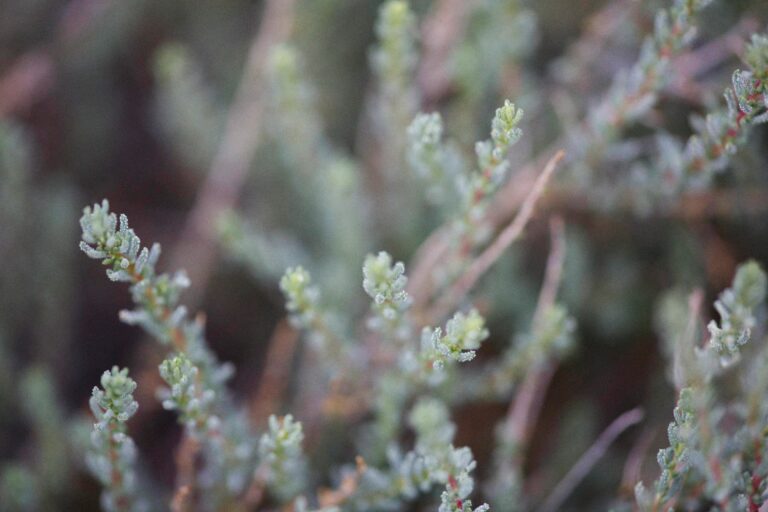
When you’ve got the right spot picked out, the right soil prepped, and the seasonal quirks in check, planting sedum in the fall can transform into an incredible garden success story. Roll up your sleeves, plan ahead, and set the stage for your sedums to steal the show even as the summer curtain closes. Remember, a thriving garden is not just about the green thumb; it’s about the smart one, too!
Sedum in Landscaping: Fall Planting Ideas and Inspiration
As the crisp air arrives and the leaves start to turn, fall becomes a canvas for gardeners to paint with a palette of foliage and texture. Sedum, a hardy succulent known for its resilient nature and diverse species, offers a multitude of opportunities to enrich your garden’s autumnal allure. Let’s delve into some inspiring ideas for embedding sedum into your fall landscape.
Imagine a rock garden peppered with the jewel-toned leaves of ‘Autumn Joy’ sedum, a variety that bursts into starry blooms come fall. This sedum settles into the nooks between stones, marrying the sturdiness of rock with the softness of succulent leaves. It’s a contrast that not only pleases the eye but also demonstrates how sedum can adapt to—and enhance—various garden styles. From modern, minimalist landscapes to rustic, cottage-inspired plots, sedum fits right in.
For those with a penchant for container gardening, sedum is a gift that keeps on giving. In large, decorative pots, trailing varieties like ‘Dragon’s Blood’ sedum cascade over the edges, providing a display of fiery red leaves that complement the autumn hues. Placed on either side of your front door, these sedums create a welcoming and seasonally festive entryway.
But it’s not just about looks. Sedum plants are also champions of sustainability. They require minimal watering, making them perfect candidates for xeriscaping—a landscaping method that reduces the need for irrigation. By planting sedum, you’re crafting a garden that’s not only beautiful but also ecologically sound.
In public spaces like parks and communal gardens, sedum can serve a functional as well as an aesthetic role. Durable and low-maintenance, this succulent is ideal for areas that see high foot traffic. It’s tough enough to withstand the hustle and bustle while offering an oasis of greenery amidst the urban sprawl.
And let’s not forget the wildlife. Sedum attracts pollinators like bees and butterflies, adding a layer of dynamic activity to your garden. Envision a border of sedums along a walkway, where you can observe the dance of insects as they move from flower to flower, busily preparing for winter while you enjoy the last warm hues of the season.
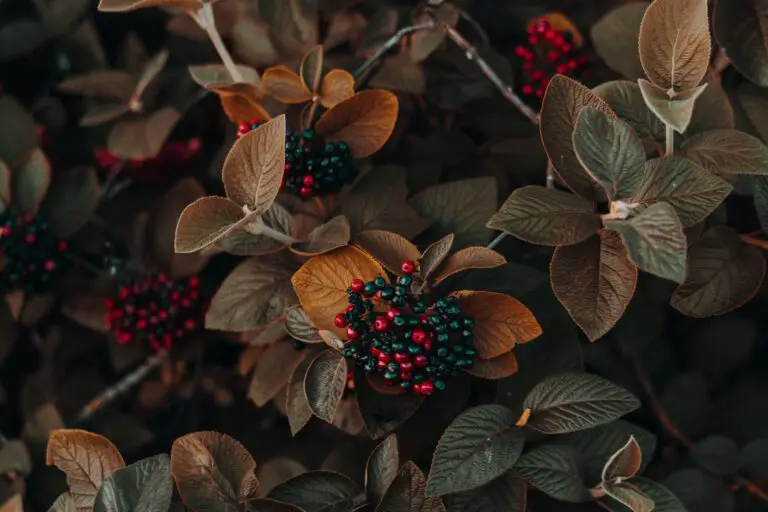
As fall progresses and other plants commence their winter slumber, sedum stands out, holding onto its color and structure even after the first frost. This makes sedum an excellent choice for those looking to extend the gardening season and enjoy a touch of greenery a bit longer.
Whether it’s framing a garden path, spilling over walls, or providing ground cover beneath deciduous trees, sedum is the versatile artist in your garden’s fall tapestry. So, as you ponder over your autumn garden plans, remember that sedum is not just a plant—it’s a tool for you to design with, offering endless possibilities to create a landscape that is both thriving and inviting.
Frequently Asked Questions
Got questions about planting sedum in the fall? Well, you’re not alone! As an easygoing yet vibrant succulent, sedum is a garden favorite that stirs up quite a bit of curiosity, especially around autumn planting. Let’s dig right in and answer some of the most common ponderings gardeners have about setting these hardy perennials into the ground as the leaves start to turn.
Can I really plant sedum during fall?
Yes, planting sedum in the fall is not only possible but can be quite advantageous. Think of it like this: while other plants are winding down, your sedum gets to settle in without the summer heat stress. They can establish their roots calmly and elegantly, just like a seasoned dancer finding her rhythm before the big show. Plus, the cooler weather often means fewer pests to bug your budding beauties. You’ll want to plant them a few weeks before the ground freezes, though, so they don’t throw in the trowel before winter arrives!
What’s the best way to ensure success when planting sedum in the fall?
Timing is everything—plant your sedum early enough in the season, and they’ll snatch up all the goodness from the soil to establish those vital, life-sustaining roots. Give them a well-draining spot that gets plenty of sun, and they’ll reward you by being one of the most carefree plants in your garden arsenal. And, of course, remember that moderation is key when it comes to watering; these succulents don’t like soggy feet!
Any tips for specific sedum varieties that thrive when planted in the fall?
Certainly! While most sedum species are quite forgiving, varieties like ‘Autumn Joy’ or ‘October Daphne’ seem to practically leap out of the ground when planted in fall. They’ve got the pluck and perseverance to push through cooler weather, setting the stage for a spectacular spring and summer show. Our green-thumbed friends report back with tales of ‘Autumn Joy’ radiating through the garden, as lively as a bunch of kids at a fall fair.
Now, take a moment to soak in some visual knowledge with this practical video that will give you the lowdown on sedum fall maintenance and ensure you’re on the right track for succulent success!
Armed with this info, you’re well on your way to becoming a sedum savant this fall! So grab your gloves and garden shears, because those succulents won’t plant themselves. Happy gardening!



